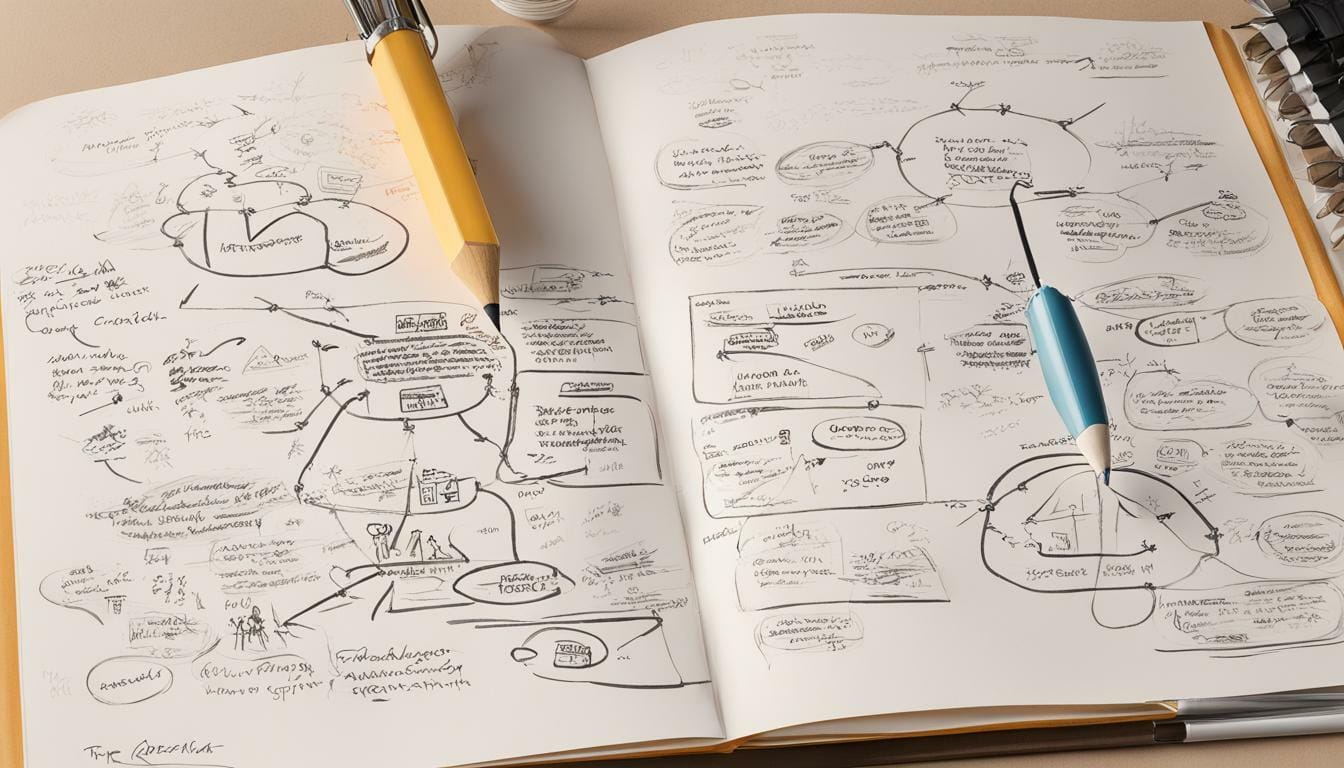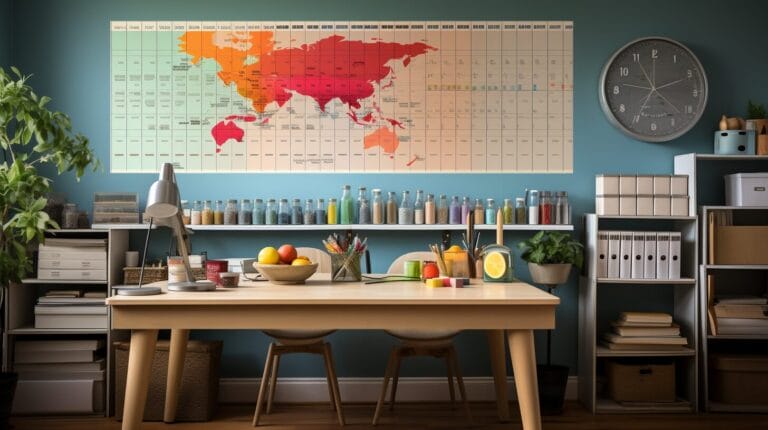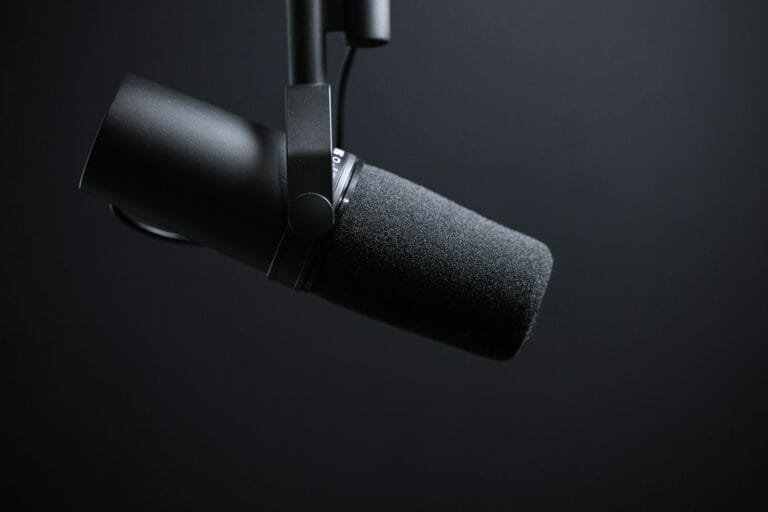Master the Design Process in Graphic Design: A Comprehensive Guide

It is with great joy that I introduce to you an all-encompassing manual on the intricacies of graphic design. Leveraging my track record as a seasoned copywriting journalist, I recognize just how crucial a well-structured design procedure is in producing designs that not only exude appeal but are also pleasing to the eye. This expansive guide sheds light on the design process, underscoring its importance and supplying you with valuable advice and strategies to navigate the terrain of graphic design workflow seamlessly.
Whether you’re a seasoned graphic designer or just starting, this guide will benefit you by providing insights into every stage of the design process, from research to finalization. By following the techniques and strategies outlined in this guide, you will gain a deeper understanding of how to approach graphic design projects and achieve better results.
Key Takeaways:
- The design process in graphic design is a structured approach to creating effective designs.
- The design process involves research, ideation, conceptualization, sketching, digital design, and finalization.
- By following a design process, you can enhance creativity, optimize efficiency, and ensure high-quality results.
Understanding the Graphic Design Workflow
As a professional graphic designer, understanding the graphic design workflow is crucial in creating successful designs. The workflow involves a series of steps that must be followed sequentially, starting with research all the way through to finalization.
The following are the key steps in the graphic design process:
- Research: At this stage, I conduct extensive research to identify the target audience, competitors, and design trends related to the project at hand. The research phase helps to understand the client’s needs and expectations, and guides the direction of the project.
- Ideation: I use the insights gained during the research phase to brainstorm ideas for the project. I sketch out my concepts on paper, exploring different design options before moving on to the next stage.
- Conceptualization: In this stage, I use my sketches to create rough digital designs. These designs are not refined but help me to identify the most appropriate design direction for the project.
- Sketching: I sketch out more refined versions of the chosen design concepts. This stage helps me to flesh out the design direction, refining the design’s details and aspects.
- Digital Design: Here, I create the final digital design of the chosen concept. Using design tools, I refine the design, adding colors, typography, and imagery, giving the design a polished look.
- Finalization: This is the last stage where I review the final design with the client, and ensure that all design elements meet the client’s requirements and expectations. Corrections are made at this stage, and the final design is presented and delivered to the client
By following these steps, I ensure that I create designs that meet the client’s needs and captivate the target audience.

Enhancing Creativity Through the Design Process
As a copywriting journalist, creativity plays a significant role in my work. It’s essential to generate fresh and innovative ideas to create engaging content that captivates readers. The same goes for graphic design. The design process is not just about creating aesthetically pleasing visuals; it’s about finding unique solutions to problems. A creative design process can help designers produce innovative designs and stand out in a crowded market.
One of the ways to enhance creativity in the design process is to embrace experimentation. Trying new techniques, materials, and methods can lead to exciting discoveries and generate fresh ideas. Don’t be afraid to step outside your comfort zone and explore uncharted territory.
Another technique for nurturing creativity is iteration. Don’t settle for the first design that comes to mind. Instead, create several versions of a design and tweak each one until you find the perfect solution. This approach allows for exploration and refinement, leading to more dynamic and effective designs.

Collaboration is another powerful way to enhance creativity in the design process. Working with other designers, colleagues, or clients can provide new perspectives and lead to unexpected ideas. Collaboration encourages open communication, hones teamwork skills, and fosters a creative environment where multiple ideas are welcome.
Finally, maintaining a positive mindset is crucial for nurturing creativity. Creative blocks can be frustrating, but don’t let them discourage you. Instead, take a break, clear your mind, and come back with a fresh perspective. Believe in your abilities and trust the creative process, and you’ll eventually come up with an innovative design solution.
Can the Design of Experiments Python be Applied in Graphic Design?
The application of design of experiments in python can enhance the creative process in graphic design. By using statistical models and analyzing data, designers can make informed decisions regarding color schemes, layouts, and typography. This approach allows for more efficient design iterations, leading to visually appealing and effective graphic designs.
Optimizing Efficiency in Graphic Design with an Effective Design Process
As a professional graphic designer, I understand the importance of working efficiently to meet tight deadlines and deliver high-quality work. That’s why an effective design process is crucial for optimizing efficiency in graphic design.
Here are some practical tips and tools that I use to manage my time, organize my files, streamline communication, and maintain a smooth workflow:
| Tip | Description |
|---|---|
| Use a Project Management Tool | Tools like Trello or Asana can help you keep track of project timelines, assign tasks to team members, and monitor progress. |
| Create a Design System | Developing a design system with pre-made templates, color palettes, and typography can help you work faster and maintain consistency in your designs. |
| Use Keyboard Shortcuts | Learning keyboard shortcuts for common design tasks can save you a significant amount of time. For example, using “Ctrl + C” instead of right-clicking and selecting “Copy.” |
By implementing these tips and tools, you can optimize your efficiency and productivity in graphic design projects.
It’s important to note that challenges may arise during the design process that can slow down your workflow. Some common issues include scope creep, feedback delays, and software compatibility problems. However, by staying organized and communicative with clients and team members, you can overcome these obstacles and stay on track.

Remember, an effective design process is essential to creating successful graphic designs. By following a structured workflow, enhancing creativity, and optimizing efficiency, you can deliver high-quality designs that meet your clients’ needs and exceed their expectations.
Conclusion
Mastering the designing process in graphic design is essential for creating effective designs. Throughout this comprehensive guide, we have covered the graphic design workflow stages, steps in graphic design process, and how an effective design process can optimize efficiency in graphic design projects. We have also explored ways to enhance creativity during the graphic design methodology.
By following a structured and well-defined graphic design project workflow, designers can streamline their workflow and manage their time effectively. Additionally, nurturing creativity through experimentation, iteration, and collaboration can help generate innovative ideas and overcome creative blocks.
Remember, the designing process in graphic design may seem overwhelming, but with practice, it becomes second nature. So, go ahead, implement the knowledge gained from this guide, and take your graphic design skills to the next level!
FAQ
Q: What is the design process in graphic design?
A: The design process in graphic design refers to the step-by-step approach taken to create effective graphic designs. It involves stages such as research, ideation, conceptualization, sketching, digital design, and finalization.
Q: Why is the design process important?
A: The design process is crucial because it ensures that graphic designs are well-thought-out, strategically planned, and visually appealing. It helps designers approach their projects in a systematic and organized manner, resulting in more successful and impactful designs.
Q: How can the design process enhance creativity?
A: The design process can enhance creativity by providing a structured framework for generating innovative ideas. It encourages experimentation, iteration, and collaboration, which fosters a creative mindset throughout the design journey.
Q: How can I optimize efficiency in graphic design with an effective design process?
A: You can optimize efficiency in graphic design by following an effective design process. This includes managing your time effectively, organizing your files, streamlining communication, and utilizing tools and techniques that support a smooth workflow.
Q: What are the key points to remember about the design process in graphic design?
A: The design process in graphic design involves stages such as research, ideation, conceptualization, sketching, digital design, and finalization. It is important for creating effective designs, enhancing creativity, and optimizing efficiency. Implementing a structured workflow can lead to more successful graphic design projects.





